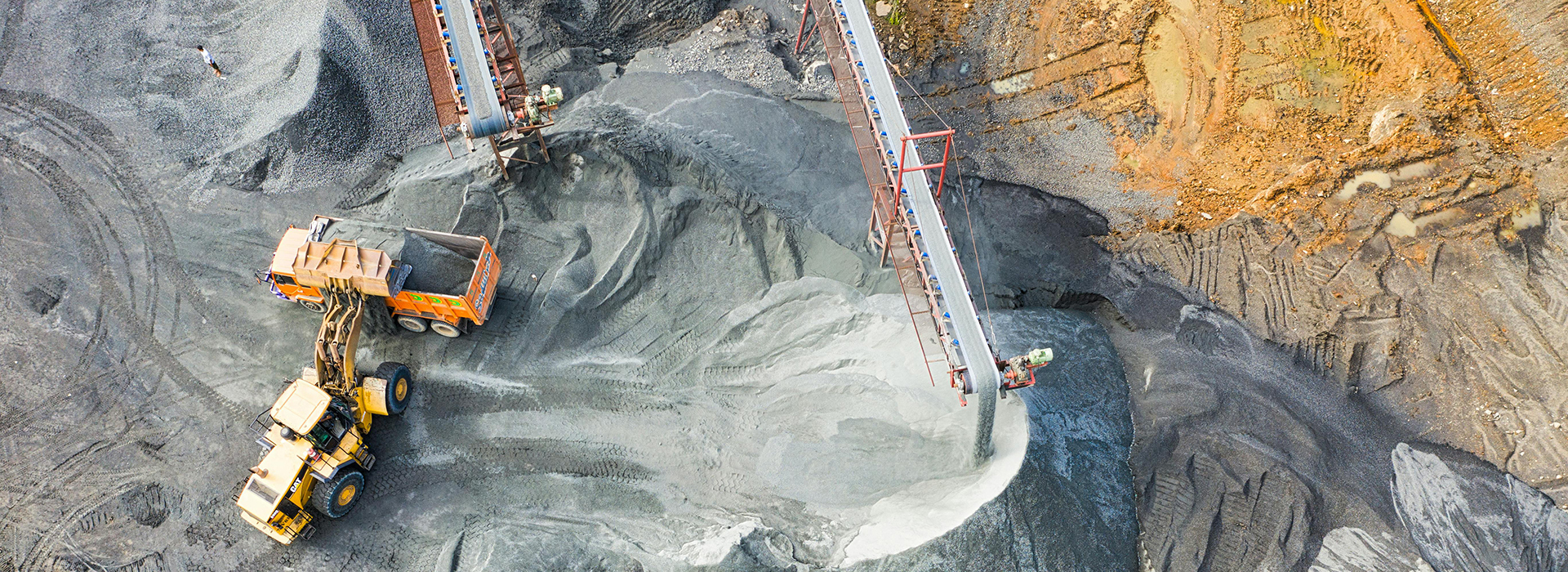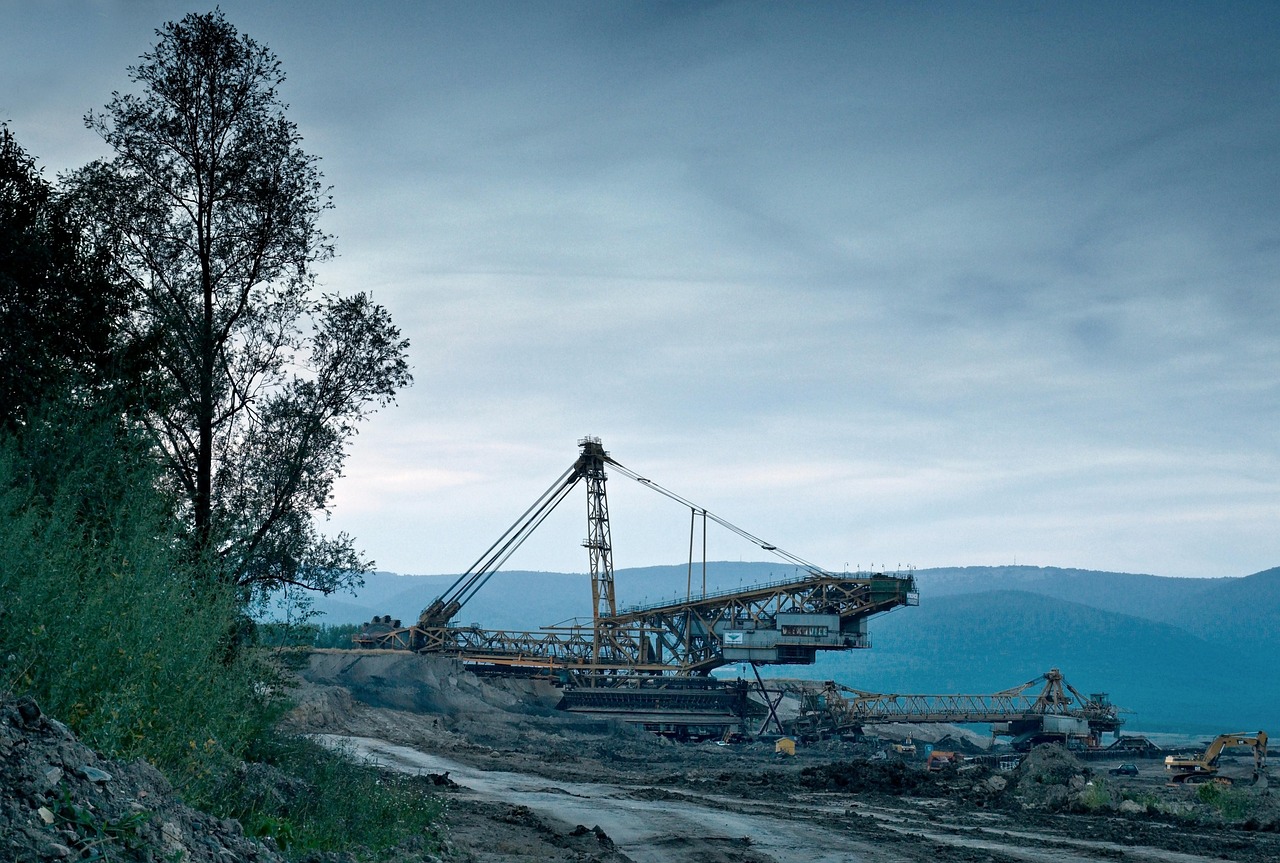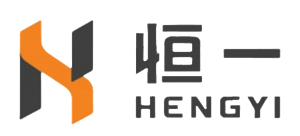
What Problems Do Conveyor Belts Encounter During Use?
2025-08-24 10:52Conveyor belts are known as conveyor belts, and they inevitably experience anomalies during use, such as common conveyor belt deviation. Today, conveyor belt manufacturer Hengnai has summarized some common conveyor belt problems.
1. Conveyor belt slippage.
After the motor starts, the drive roller idles and the conveyor belt slips, preventing the belt from starting. This problem can be caused by insufficient belt tension, improperly adjusted tensioning devices, excessive belt length, heavy starting, or excessive coal accumulation at the tail of the conveyor belt.
2. Conveyor belt deviation.
Conveyor belt deviation is caused by lateral forces generated during operation. The following factors can cause lateral forces: loading the conveyor to one side rather than being installed in the center; the mounting axes of the idlers and rollers are not perpendicular to the center of the conveyor belt; the height of the conveyor wire rope is inconsistent; the conveyor belt joints are not straight or aligned; the unloading roller is not properly adjusted; and the tail roller and guide rollers are not properly adjusted. These can all cause conveyor belt deviation.
3. Conveyor Belt Breakage.
This problem is caused by excessive belt tension, loose joints, poor quality belt buckles, extended belt life, or poor maintenance. Tighten the tensioner to reduce tension, replace the belt promptly, and improve maintenance.
4. Abnormal Conveyor Belt Noise.
This problem is caused by excessive wear of the bearings and gears, excessive clearance, or loose retaining screws on the housing. The solution is to replace the bearings, adjust the clearance, or replace the entire reducer for overhaul.
5. Conveyor Belt Runaway.
This problem is caused by the belt being too wide, causing it to contact the guardrail or bracket of the transmission. The solution is to adjust the belt width.

Therefore, in daily use, it is important to pay attention to conveyor belt maintenance. Here are some maintenance tips:
1. Regularly inspect and clean.
2. Check the belt tension.
3. Check for deviation.
4. Lubricate the drive system.
5. Inspect and replace the rollers and bearings.
6. Inspect the conveyor belt for wear and cracks.
7. Regularly inspect the electronic control system. 8. Monitor operating data.
9. Replace worn parts.
10. Train operators.
If your equipment is damaged or needs replacement, please contact us for pricing.
If you're interested in long-term cooperation, we can also provide a stable supply, guaranteeing high-quality products at reasonable prices.
